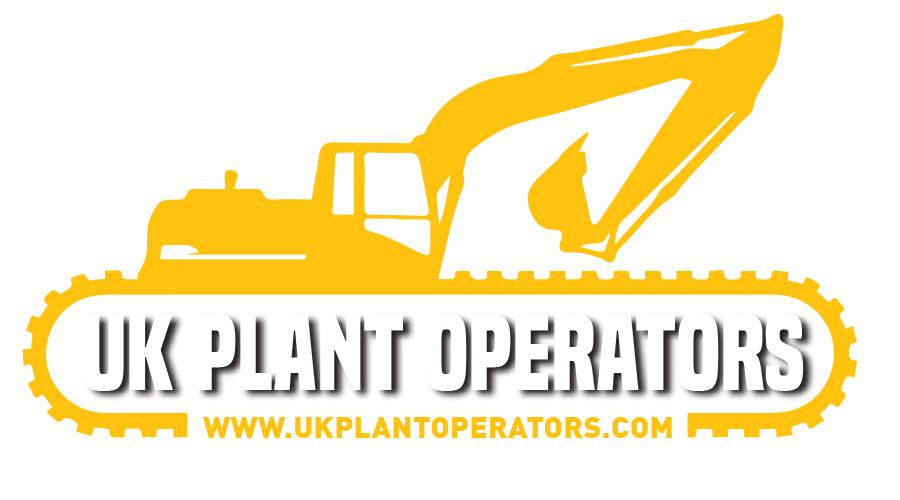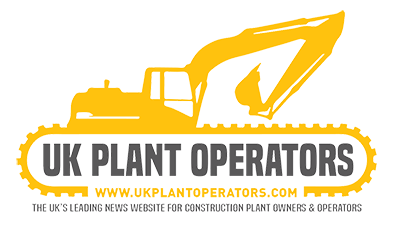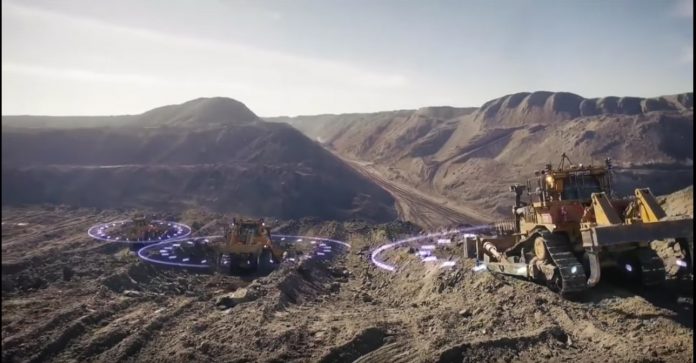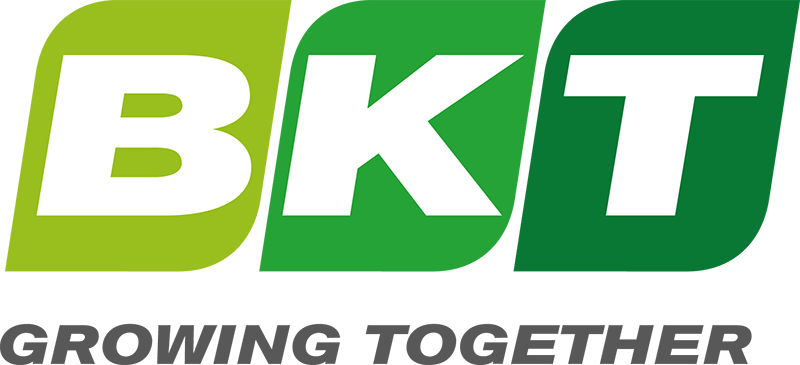![]()
The Caterpillar Tucson Proving Ground spans 6,000 acres of test facilities. Despite its name, it’s actually 30 miles southwest of Tucson, Arizona, and about 20 minutes from the nearest town. Adjacent to an active copper mine, it’s truly off the grid – providing its own power and water.
A close-knit team of 200 people spend each day in the dirt solving unique problems. They’re focused on validating and testing new products, new models, new systems and product improvements – largely in the mining product line.
Dan Toborowski, senior engineer at the proving ground, works on the day-to-day validation of Command for Dozing, which removes the operator from the cab of the machine and enables remote control operation.
“We run through different software iterations, looking for bugs and testing failure modes to see what works and what doesn’t,” says Dan. “We pass that information back and make sure no bugs make it to the customer.”
The harsh Tucson environment allows the team to put our equipment to the test in the most extreme operations, mimicking operations of a mine site in a realistic, challenging way. Even in the digital age of simulation, augmented and virtual reality, this is key to Caterpillar.
“You can do a lot of work in validation in virtual environments, but this is where you see the iron in the dirt – that goes a long way to finding issues and seeing how the system will do at the customer site,” Dan explains.
To Dan, it’s challenging work that pays off. “Looking at the level of autonomy we’ve accomplished, it’s fulfilling and exciting to be a part of the development of a program that breaks so many barriers and reaches out to a whole new solution customers haven’t been able to take advantage of before.”























